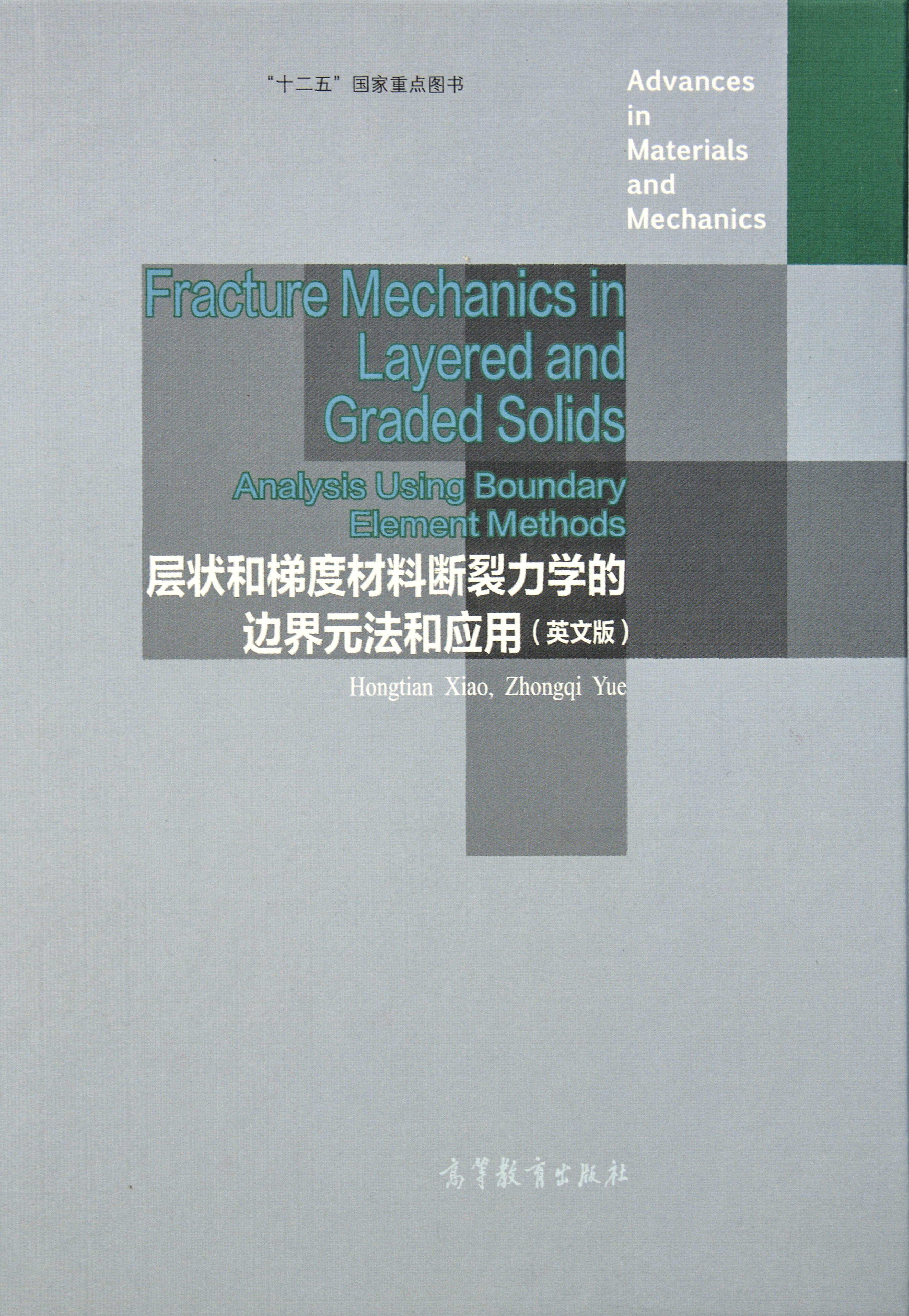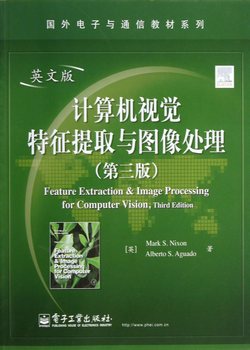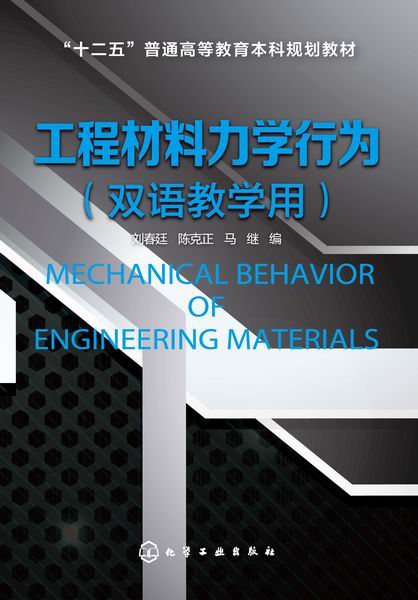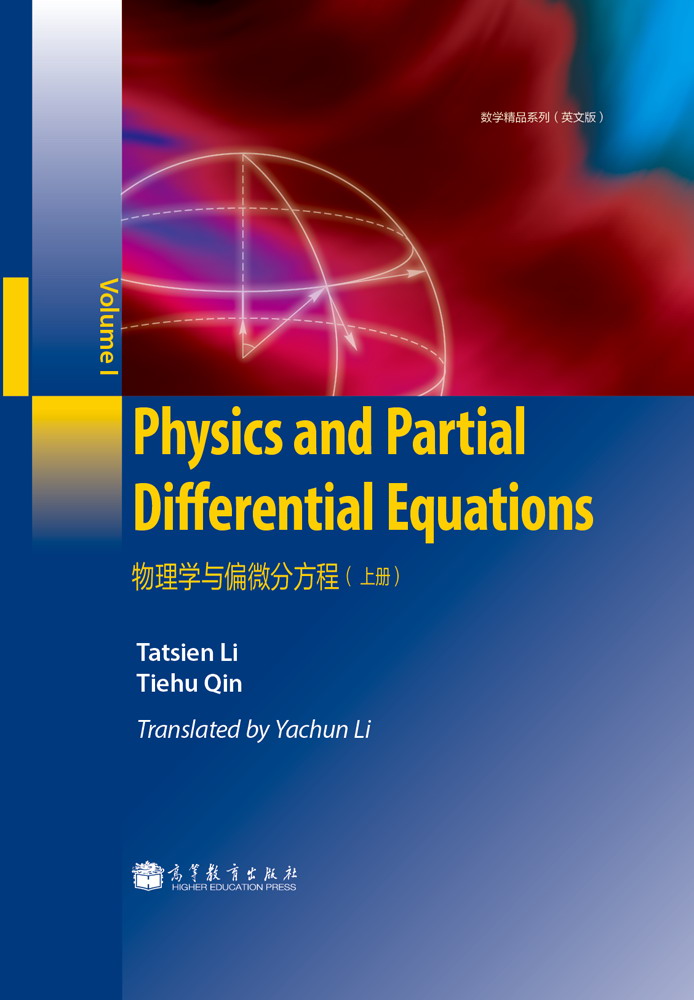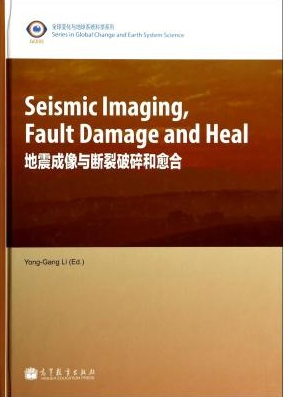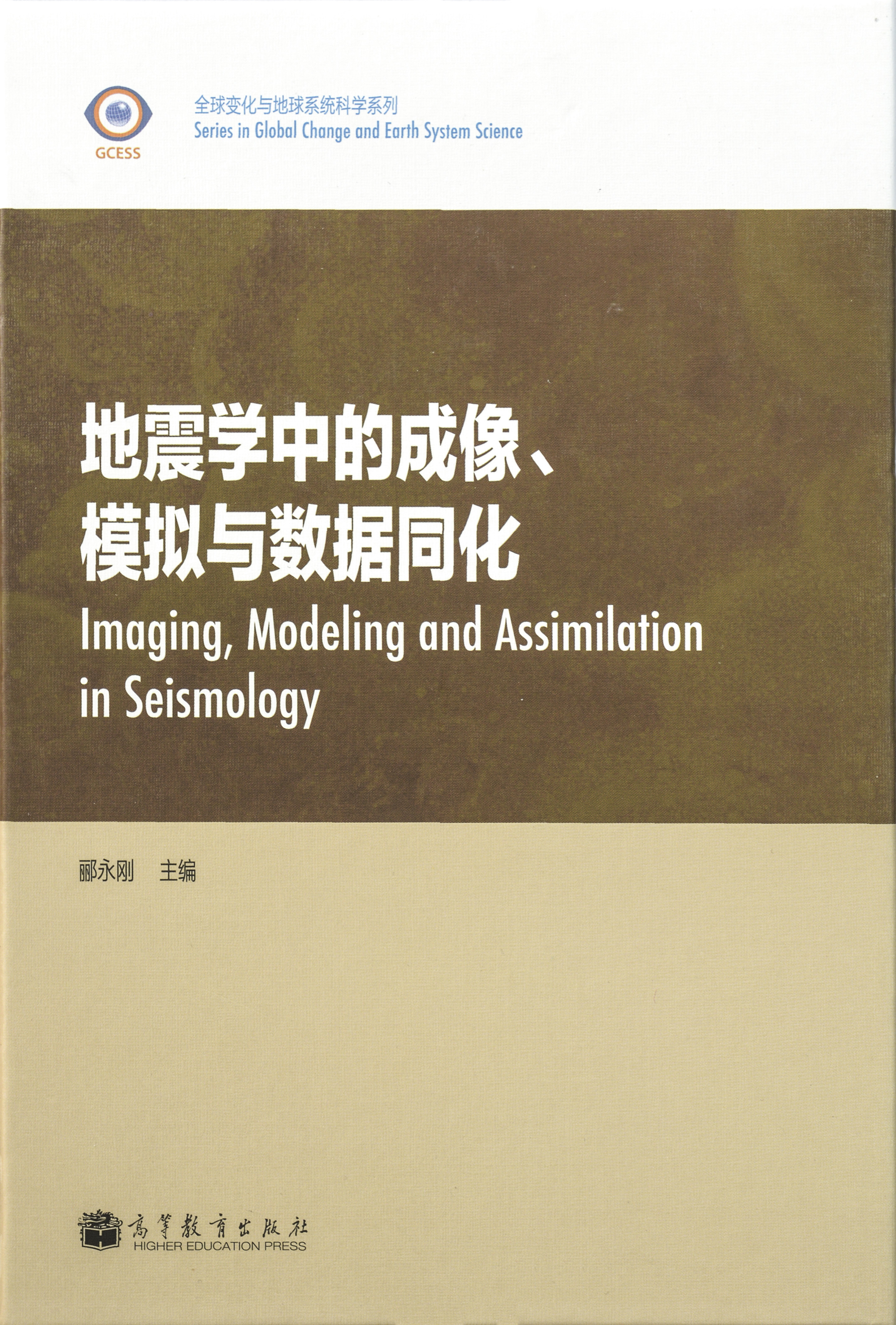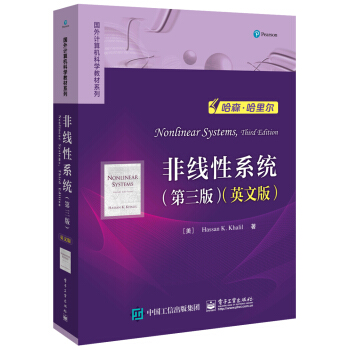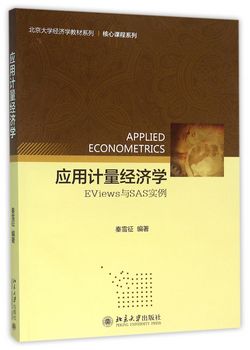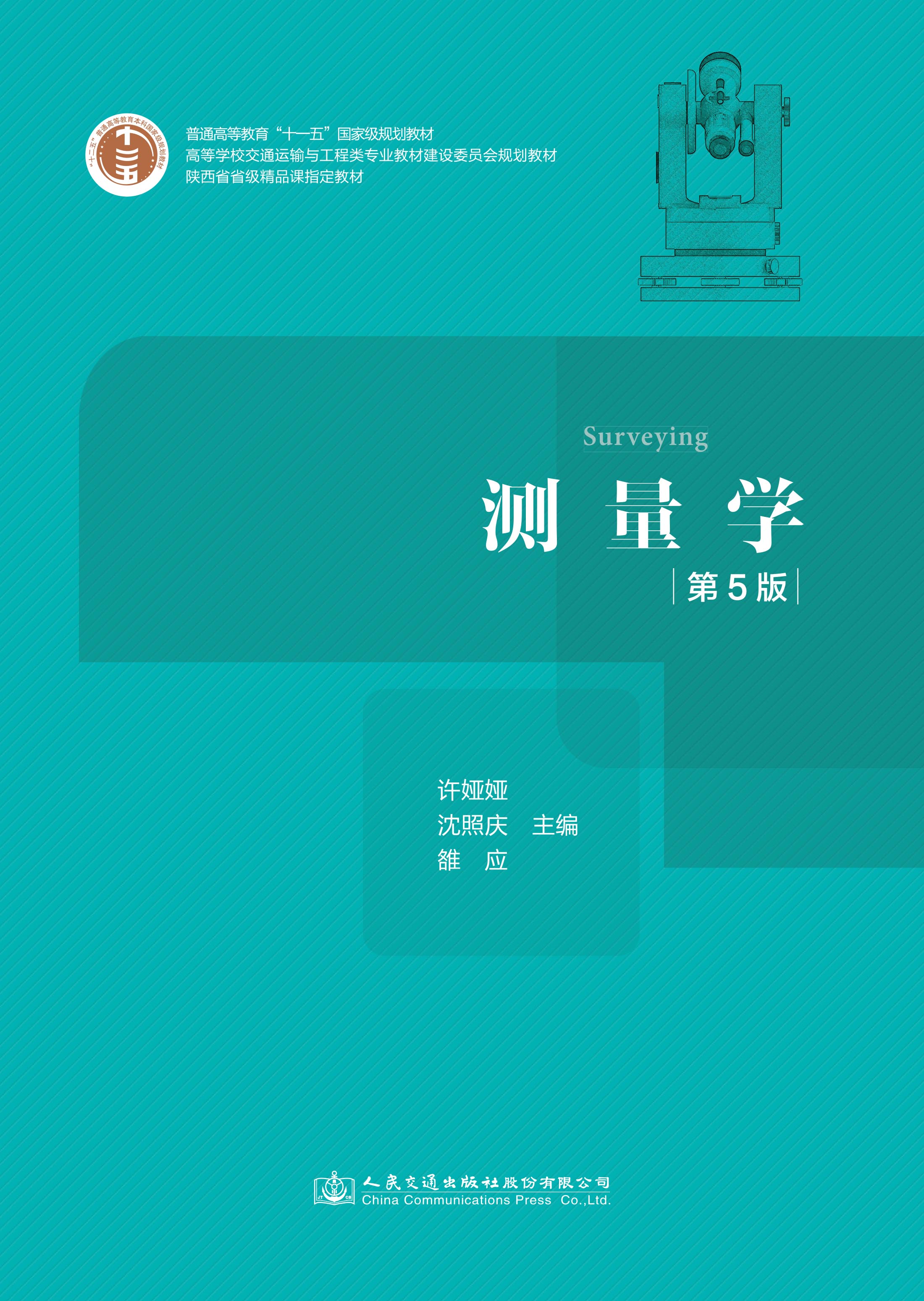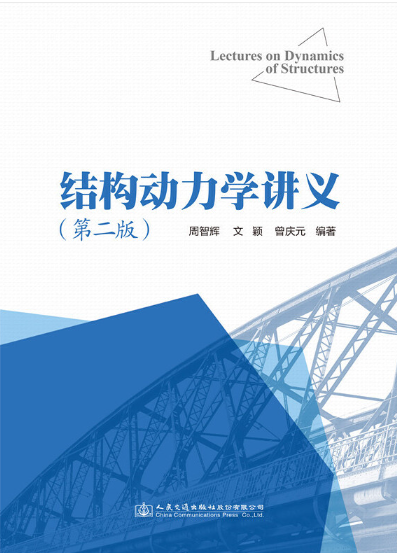层状和梯度材料断裂力学的边界元法和应用(英文版)
作者: Hongtian Xiao,Zhongqi Yue
出版时间:2014-05
出版社:高等教育出版社
- 高等教育出版社
- 9787040292800
- 1版
- 227348
- 48266991-8
- 精装
- 16开
- 2014-05
- 370
- 307
- 工学
- 力学类
- TB330.1
- 自然科学、力学、固体力学
- 研究生及以上
《层状和梯度材料断裂力学的边界元法和应用(英文版)》介绍了作者近十几年来发展的新型边界元法,以及采用建议方法分析层状和梯度材料断裂力学特性的研究成果。
新型边界元法基于层状各向同性材料基本解和双层横观各向同性材料基本解,采用子域和单一区域边界元法分析断裂力学问题,引入可描述裂纹尖端应力场和位移场变化特点的单元,采用沿材料梯度方向分层的方法逼近梯度材料力学参数的变化。采用建议方法计算了梯度材料中不同类型三维裂纹的应力强度因子,并分析了裂纹扩展。获得梯度材料力学和几何参数对裂纹应力强度因子和裂纹扩展的影响。
本书首先介绍了弹性力学和断裂力学的基础知识,简单且完整地介绍了层状材料的基本解。在接下来的几章里,发展了基于层状材料基本解的边界元方法,并分析了层状和梯度材料的断裂力学问题。最后,发展了基于双层横观各向同性材料基本解的边界元方法,并分析了该类材料的断裂力学问题。
本书可供土木、水利、交通、航空等部门从事力学、新材料的教学和科研的有关人员阅读参考。
Front Matter
Chapter 1 Introduction
1.1 Functionally graded materials
1.2 Methods for fracture mechanics
1.3 Overview of the book
References
Chapter 2 Fundamentals of Elasticity and Fracture Mechanics
2.1 Introduction
2.2 Basic equations of elasticity
2.3 Fracture mechanics
2.4 Analysis of crack growth
2.5 Summary
References
Chapter 3 Yue’s Solution of a 3D Multilayered Elastic Medium
3.1 Introduction
3.2 Basic equations
3.3 Solution in the transform domain
3.4 Solution in the physical domain
3.5 Computational methods and numerical evaluation
3.6 Summary
Appendix 1 The matrices of elastic coefficients
Appendix 2 The matrices in the asymptotic expressions of Φ(ñ , z) and Ψ(ñ , z)
Appendix 3 The matrices Gs[m, z,Ö] and Gt [m, z,Ö]
References
Chapter 4 Yue’s Solution-based Boundary Element Method
4.1 Introduction
4.2 Betti’s reciprocal work theorem
4.3 Yue’s solution-based integral equations
4.4 Yue’s solution-based boundary integral equations
4.5 Discretized boundary integral equations
4.6 Assembly of the equation system
4.7 Numerical integration of non-singular integrals
4.8 Numerical integration of singular integrals
4.9 Evaluation of displacements and stresses at an internal point
4.10 Evaluation of boundary stresses
4.11 Multi-region method
4.12 Symmetry
4.13 Numerical evaluation and results
4.14 Summary
References
Contents ix
Chapter 5 Application of the Yue’s Solution-based BEM toCrack Problems
5.1 Introduction
5.2 Traction-singular element and its numerical method
5.3 Computation of stress intensity factors
5.4 Numerical examples and results
5.5 Summary
References
Chapter 6 Analysis of Penny-shaped Cracks in Functionally GradedMaterials
6.1 Introduction
6.2 Analysis methods for crack problems in a FGM system of infinite extent
6.3 The SIFs for a crack parallel to the FGM interlayer
6.4 The growth of the crack parallel to the FGM interlayer
6.5 The SIFs for a crack perpendicular to the FGM interlayer
6.6 The growth of the crack perpendicular to the FGM interlayer
6.7 Summary
References
Chapter 7 Analysis of Elliptical Cracks in Functionally Graded Materials
7.1 Introduction
7.2 The SIFs for an elliptical crack parallel to the FGM interlayer
7.3 The growth of an elliptical crack parallel to the FGM interlayer
7.4 The SIFs for an elliptical crack perpendicular to the FGM interlayer
7.5 The growth of an elliptical crack perpendicular to the FGM interlayer
7.6 Summary
References
Chapter 8 Yue’s Solution-based Dual Boundary Element Method
8.1 Introduction
8.2 Yue’s solution-based dual boundary integral equations
8.3 Numerical implementation
8.4 Numerical integrations
8.5 Linear equation systems for the discretized dual BIEs
8.6 Numerical verifications
8.7 Summary
Appendix 4 Finite-part integrals and Kutt’s numerical quadrature
References
Chapter 9 Analysis of Rectangular Cracks in the FGMs
9.1 Introduction
9.2 A square crack in FGMs of infinite extent
9.3 A square crack in the FGM interlayer
9.4 A rectangular crack in FGMs of infinite extent
9.5 A square crack in a FGM of finite extent
9.6 Square cracks in layered rocks
9.7 Rectangular cracks in layered rocks
9.8 Summary
References
Chapter 10 Boundary element analysis of fracturemechanics in transverselyisotropic bi-materials
10.1 Introduction
10.2 Multi-region BEM analysis of cracks in transversely isotropic bi-materials
10.3 Dual boundary element analysis of a square crack in transversely isotropicbi-materials
10.4 Summary
Appendix 5 The fundamental solution of transversely isotropic bi-materials
References

